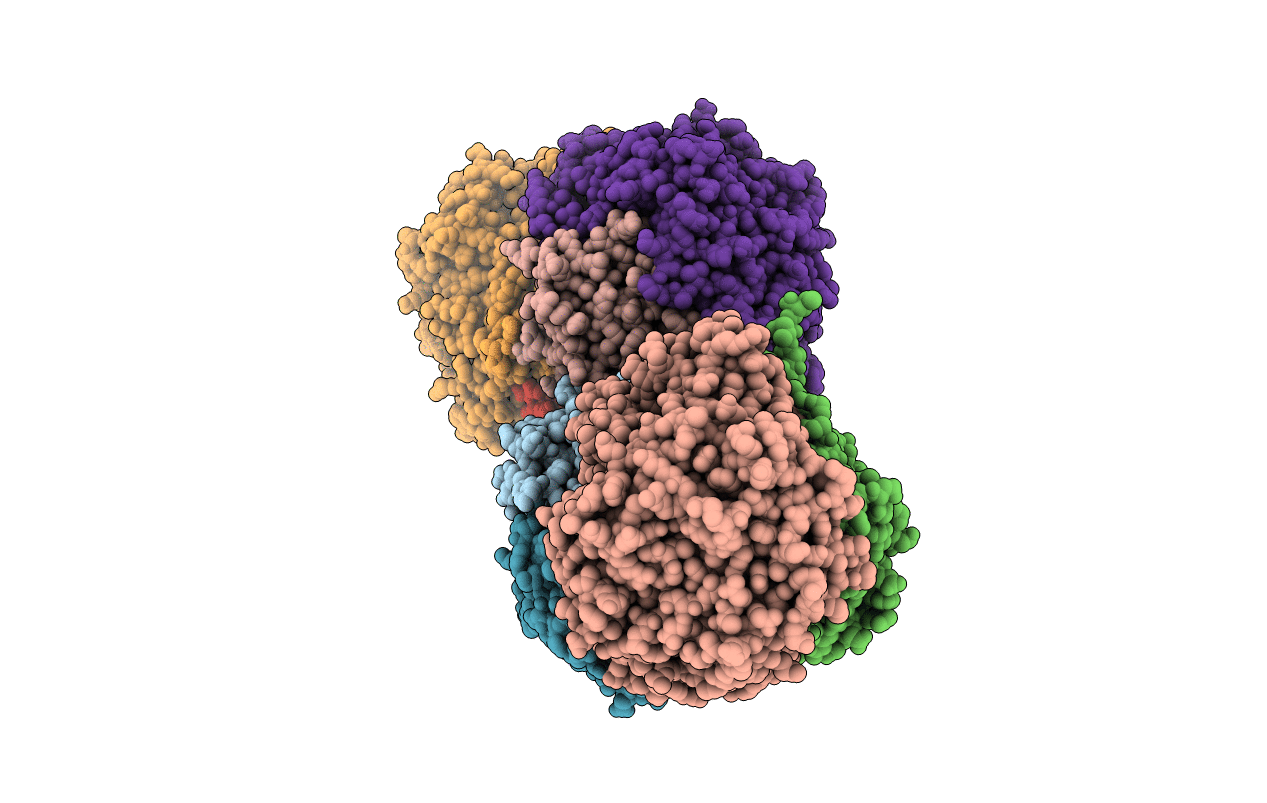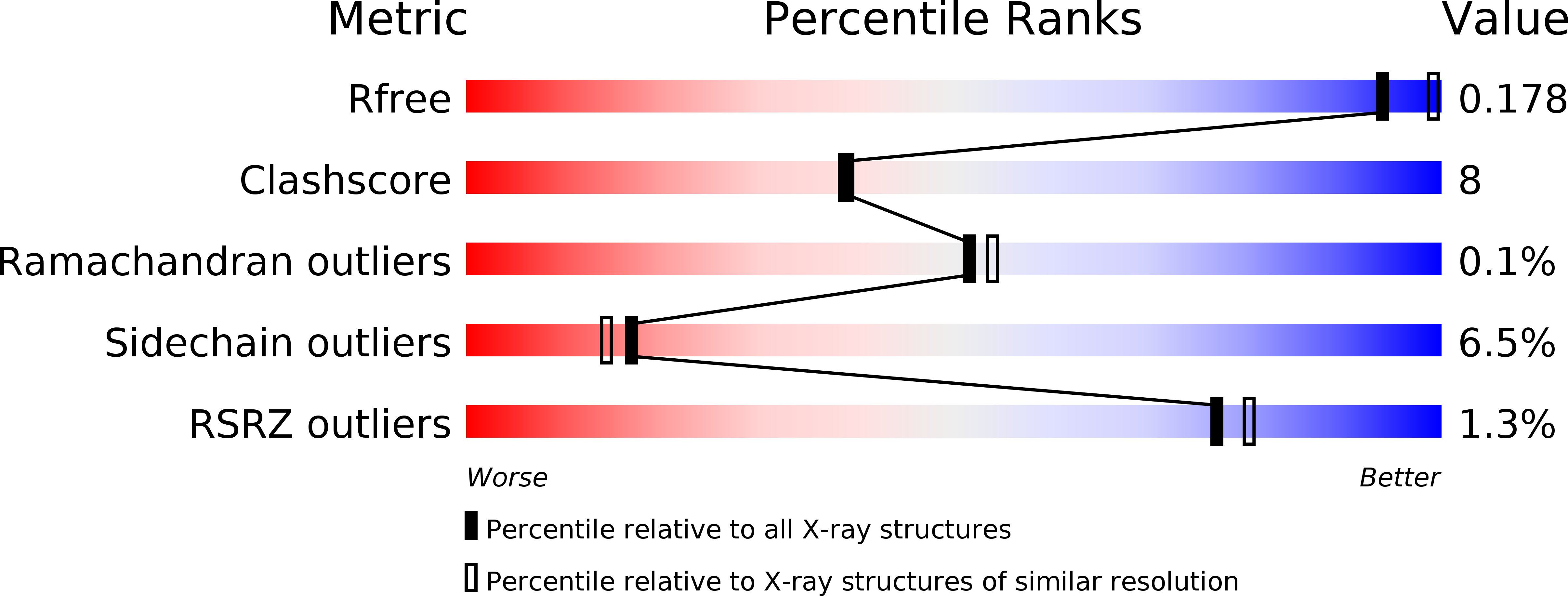
Deposition Date
2010-05-11
Release Date
2010-08-04
Last Version Date
2024-11-06
Entry Detail
PDB ID:
3MYR
Keywords:
Title:
Crystal structure of [NiFe] hydrogenase from Allochromatium vinosum in its Ni-A state
Biological Source:
Source Organism:
Allochromatium vinosum (Taxon ID: 1049)
Method Details:
Experimental Method:
Resolution:
2.10 Å
R-Value Free:
0.16
R-Value Work:
0.13
R-Value Observed:
0.13
Space Group:
P 21 21 2


